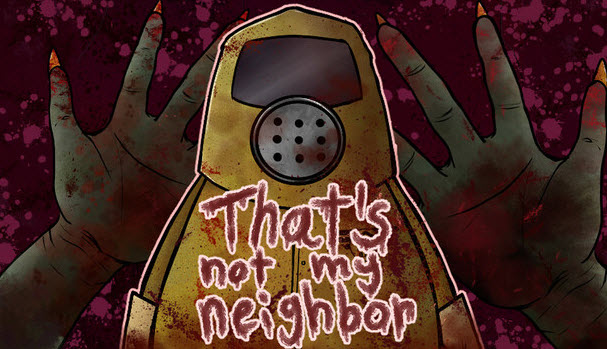The Psychological Art of Suspense in That’s Not My Neighbor
In the vast world of indie gaming, few titles capture tension and intellect as elegantly as That's Not My Neighbor. Created by Nacho Sama, this pixel-art horror experience transforms a simple concept—guarding a building—into a masterclass in psychological storytelling. It’s not just a game about who knocks at your door; it’s a study of fear, observation, and human intuition.
At first glance, the premise sounds almost mundane. You’re the security officer of a 1955 apartment complex, tasked with checking IDs and granting entry to residents. But soon, the routine begins to twist. The people who show up look familiar… too familiar. Slight differences—a misaligned signature, a strange tone of voice, an unsettling smile—turn every encounter into a pulse-quickening puzzle.
Simplicity That Hides Psychological Depth
Much like great minimalist art, That’s Not My Neighbor proves that horror doesn’t require complexity to feel real. The mechanics are straightforward: review documents, analyze faces, and decide who’s real and who’s not. But beneath this simplicity lies a profound tension. Each decision tests your focus, memory, and empathy in ways that few games manage. One wrong judgment, and your building—and your sanity—could be compromised.
Atmosphere: Where Sound and Silence Collide
Every aspect of the game’s design reinforces the creeping sense of dread. The muted color palette, grainy 2D graphics, and subtle ambient audio merge into an atmosphere that feels unsettlingly alive. There are no cheap jump scares here—only the quiet terror of doubt. The longer you play, the more your confidence erodes, mirroring the protagonist’s descent into paranoia.
A Reflection on Trust and Perception
Beyond the mechanics, That’s Not My Neighbor resonates because it speaks to something deeply human: the fear of deception. In an era where appearances can be deceiving—both in life and online—this game cleverly mirrors the anxiety of not knowing who or what to trust. Each interaction becomes a moral question: Do you trust what you see, or what you feel?
Why It Stands Out in 2025
In a market saturated with flashy horror and endless clones, That’s Not My Neighbor stands as proof that subtlety is powerful. It doesn’t chase realism; it crafts emotion. It doesn’t rely on blood; it relies on your imagination. And that’s what makes it unforgettable.
If you’re ready for a game that will challenge not only your reflexes but your perception of truth itself, this indie gem deserves your full attention.





Comments